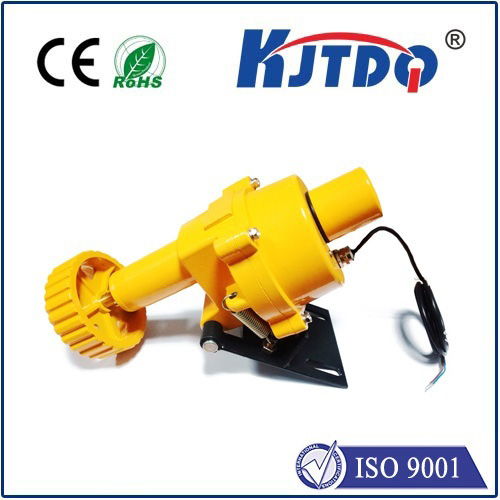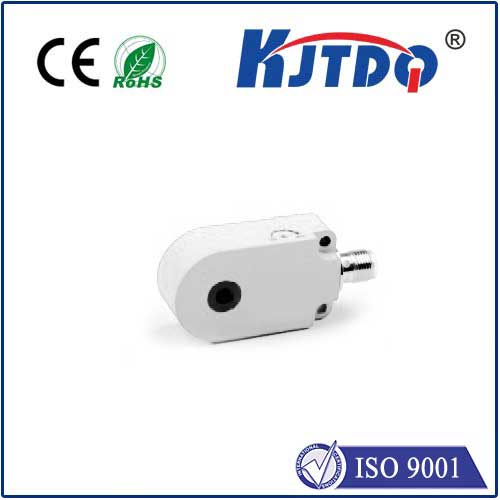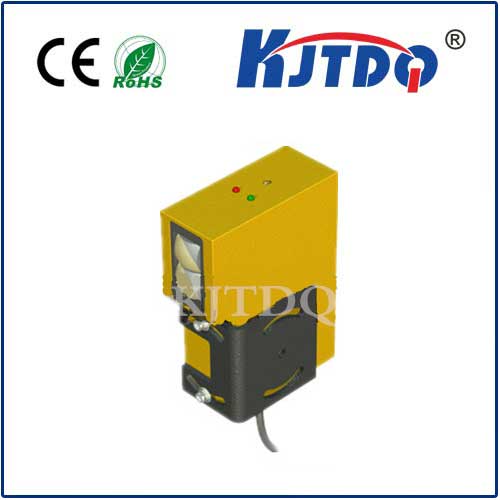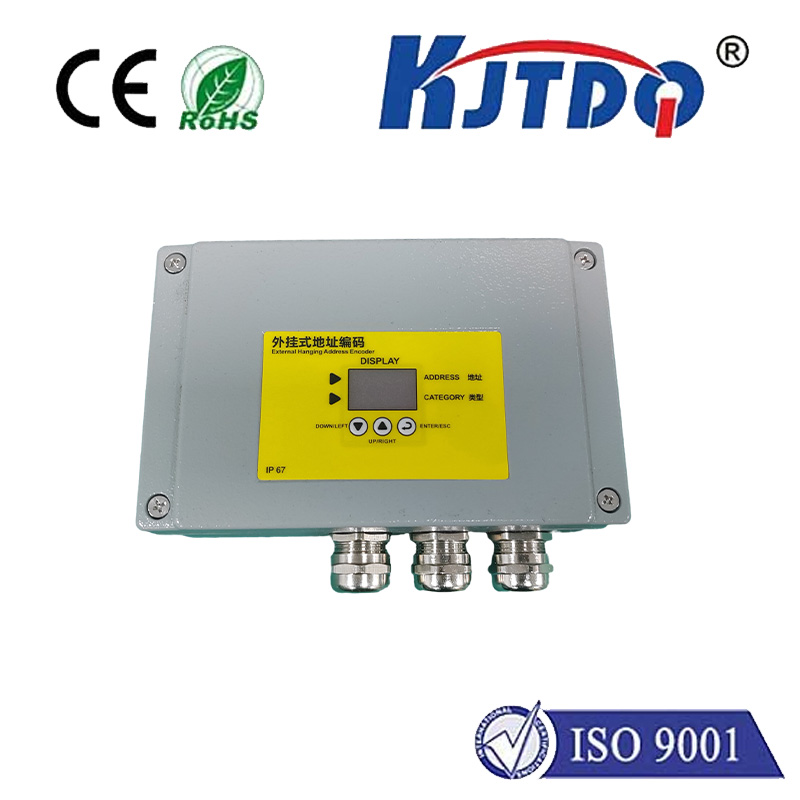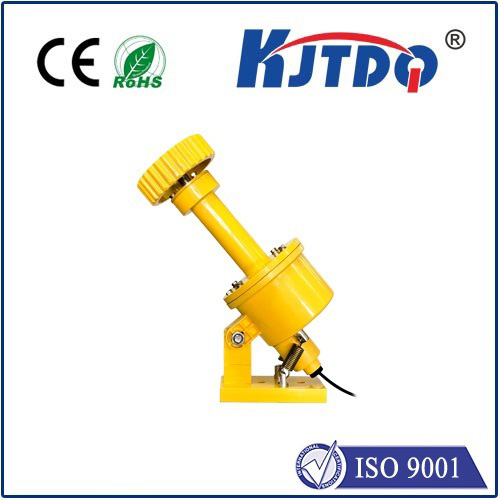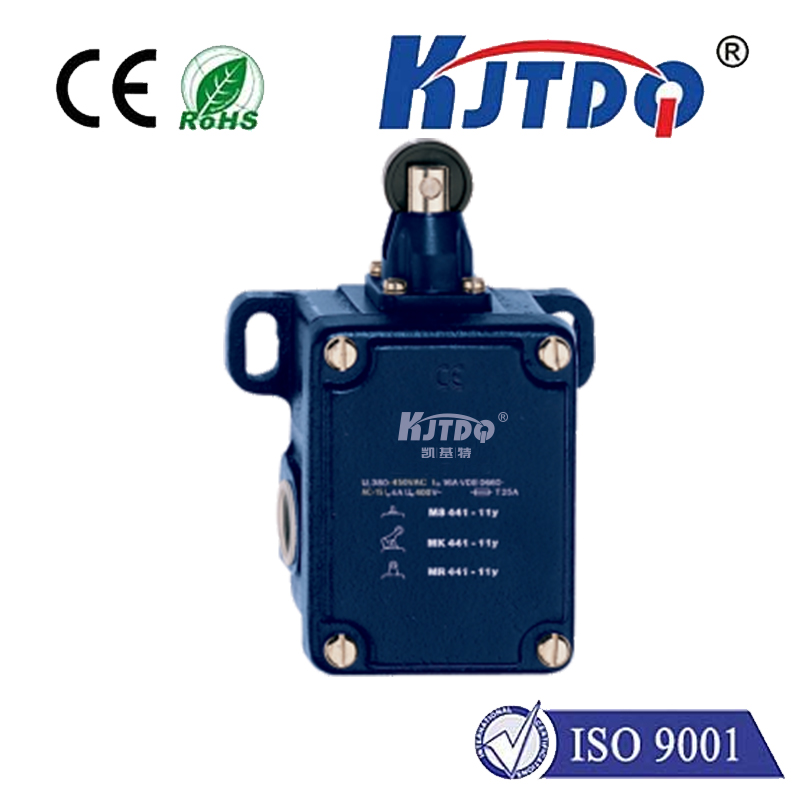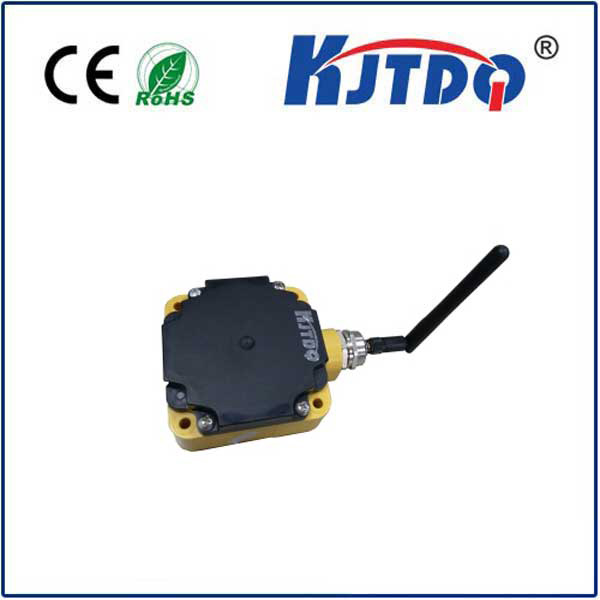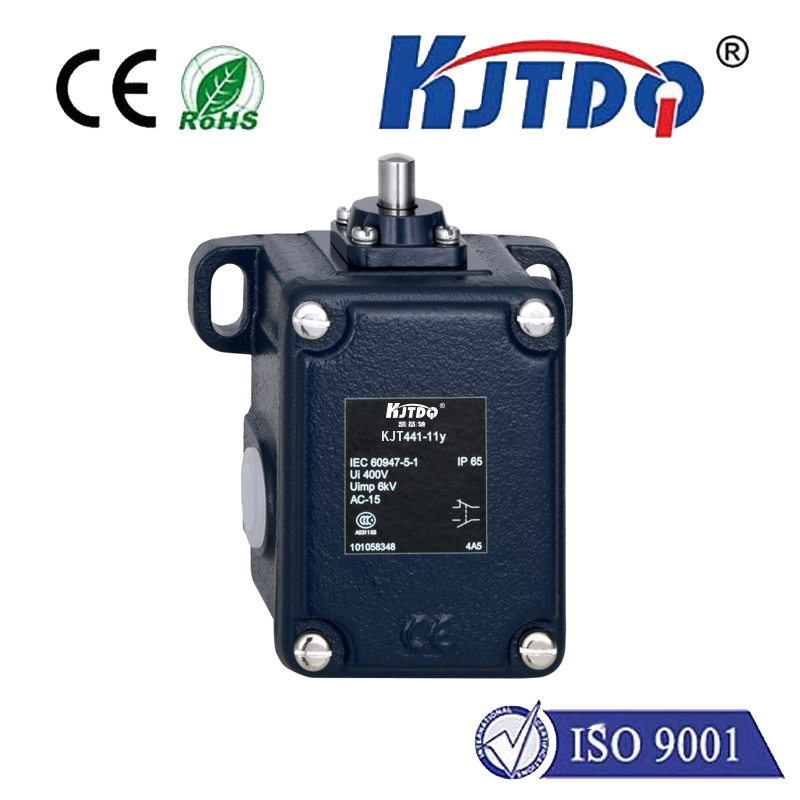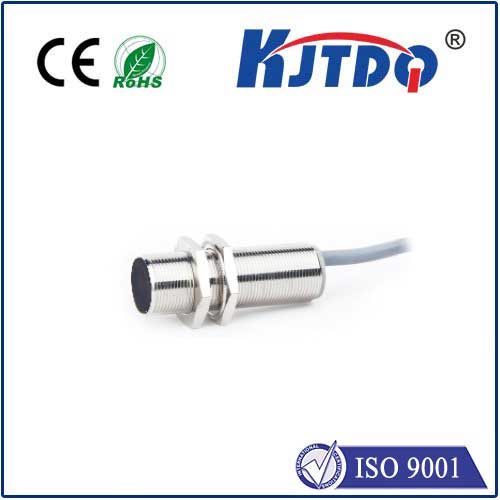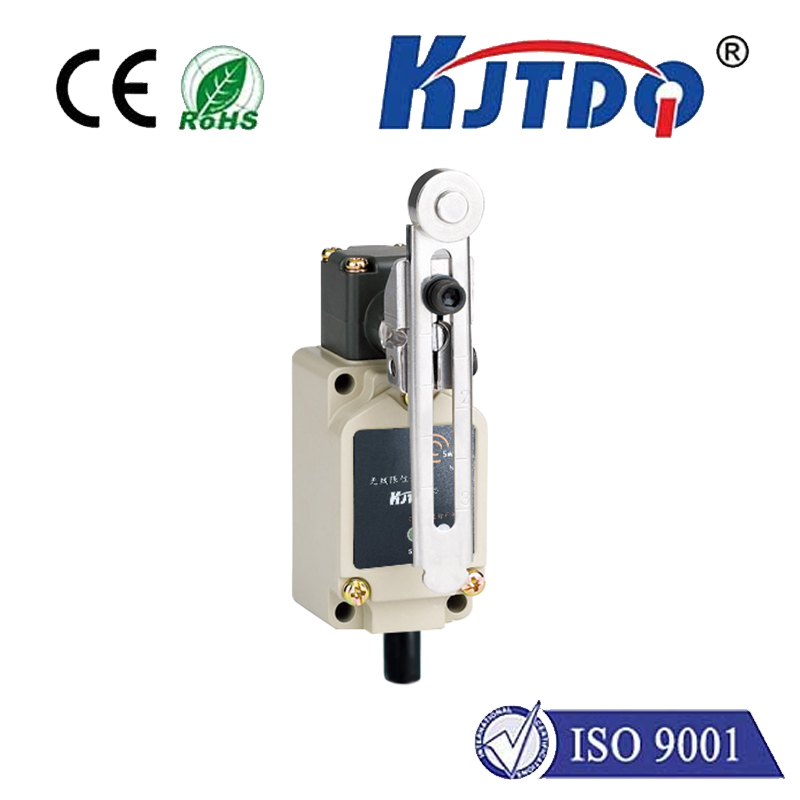sensor pr18 5dn
- time:2025-07-21 08:45:17
- Click:0
Demystifying the PR18 5DN Sensor: Your Key to Robust Industrial Automation
Headline: PR18 5DN Proximity Sensor: Reliability & Precision in Industrial Sensing
In the relentless pulse of modern industry, where machines hum with intricate choreography and precision is paramount, sensors are the unsung heroes. They are the eyes and ears of automation, providing critical feedback that keeps processes running smoothly, safely, and efficiently. Among these vital components, inductive proximity sensors hold a special place, particularly renowned for their ruggedness and dependability in detecting metallic objects without physical contact. The PR18 5DN emerges as a prime example of this technology, a workhorse sensor designed to deliver consistent performance in demanding environments. Understanding its capabilities is key to optimizing countless industrial applications.
At its core, the PR18 5DN is an inductive proximity sensor. This means it generates an electromagnetic field from its sensing face. When a metallic target (typically ferrous metals like steel or iron, though some models may detect non-ferrous metals like aluminum or copper depending on the specific variant) enters this field, it induces eddy currents within the target. The sensor detects this change in the electromagnetic field, triggering its switch output. This fundamental principle of non-contact sensing offers significant advantages: no mechanical wear, exceptional longevity, and immunity to vibration or surface contamination (like oil or dust) that could plague mechanical switches.
The designation “PR18 5DN” itself provides valuable clues about the sensor’s characteristics:
- PR: Commonly stands for “Proximity” sensor.
- 18: Typically indicates the sensor’s cylindrical housing diameter is 18mm. This is the most common industry-standard size for robust proximity sensors, offering a good balance between sensing range, physical durability, and ease of installation.
- 5DN: This part often denotes specific technical features or the series/model family. While interpretations can vary slightly by manufacturer, “5” frequently relates to a specific sensing distance (e.g., 5mm nominal range for ferrous steel) and “DN” usually signifies the sensor’s body style, connection type (like M12 connector or cable outlet), and output configuration (often indicating a DC 3-wire configuration, commonly available in NPN Normally Open (NO) or PNP Normally Open (NO) variants). It’s crucial to consult the specific datasheet for the exact interpretation, but it points towards a standard, versatile industrial sensor.
Why Choose the PR18 5DN?
The widespread adoption of sensors like the PR18 5DN isn’t accidental. Its design addresses core industrial needs:
- Robust Construction: Engineered for harsh factory floors, these sensors typically feature stainless steel or nickel-plated brass housings, offering excellent resistance to impact, vibration, and corrosion. They are often IP67-rated or higher, making them resistant to dust ingress and capable of withstanding temporary immersion in water – essential for environments prone to washdowns or splashes.
- Consistent & Reliable Detection: Inductive sensors provide high repeat accuracy in detecting metallic targets. The PR18 5DN offers a dependable switching point, ensuring machines react predictably and processes remain stable.
- Long Service Life: With no moving parts subject to wear and tear from contact, inductive proximity sensors boast exceptionally long operational lifetimes, reducing maintenance frequency and downtime. This translates to significant cost savings over time.
- Simple Integration: The standardized 18mm cylindrical form factor means easy mounting using readily available brackets or nuts. They integrate seamlessly into existing control systems via their M12 connector or flying lead cables. Fast installation minimizes setup time.
- Versatility: Found across nearly every industrial sector, the PR18 5DN excels in diverse roles:
- Position Verification: Confirming parts are present and correctly positioned on conveyors, pallets, or fixtures.
- End-of-Travel Detection: Sensing when cylinders reach the end of their stroke or machine guards are closed.
- Object Counting: Tallying products, bottles, or components on a production line.
- Speed Monitoring: Detecting teeth on gears or sprockets for rotational speed feedback.
- Metal Detection: Identifying metallic objects in assemblies or material handling.
- Machine Safety: Contributing to interlock circuits (though safety-rated sensors are required for SIL/PL applications).
Key Specifications to Consider:
While specifics vary by manufacturer, a typical PR18 5DN sensor profile includes:
| Specification |
Typical Range/Value |
Notes |
| Housing Diameter |
18 mm |
Standard industrial size |
| Sensing Distance |
5 mm nominal (Sn) - Ferrous Steel |
Reductions apply for non-ferrous metals |
| Operating Voltage |
10-30V DC |
Common range for industrial DC sensors |
| Output Type |
DC 3-Wire (NPN NO or PNP NO) |
Specify based on PLC/controller input requirements |
| Output Current |
Up to 200 mA |
Sufficient for driving PLC inputs, small relays |
| Housing Material |
Stainless Steel or Nickel-Plated |
Provides durability and corrosion resistance |
| Ingress Protection |
IP67 (Common Standard) |
Dust-tight and withstands temporary water immersion |
| Operating Temp. |
-25°C to +70°C |
Suitable for most industrial environments |
| Connection |
M12 Connector or Cable |
Industry-standard connection options |
Installation and Best Practices:
Maximizing the performance of your PR18 5DN sensors involves mindful installation:
- Mounting: Ensure the sensor is securely fastened. Avoid over-tightening. Consider using the correct mounting nut or bracket.
- Sensing Face: Maintain a clear zone around the sensing face. Avoid mounting metallic objects (brackets, nuts, bolts) closer than the specified non-detection zone.
- Target: Use a target size at least equivalent to the sensor’s sensing face diameter for optimal detection. The material (ferrous/non-ferrous) significantly impacts the effective sensing range.
- Environment: While robust, be mindful of extreme temperatures exceeding specifications, strong electromagnetic fields, or chemical exposure not covered by the IP rating. For washdown areas, ensure the IP67 rating is adequate for the pressure and temperature involved.
- Electrical Connection: Double-check the voltage supply polarity and output configuration (NPN/PNP) matches your controller’s input requirements. Ensure good grounding. Use shielded cable if electrical noise is a concern.
PR18 5DN: Addressing Common Queries (FAQ Style)
- Q: Can it detect all metals equally?
- A: No











